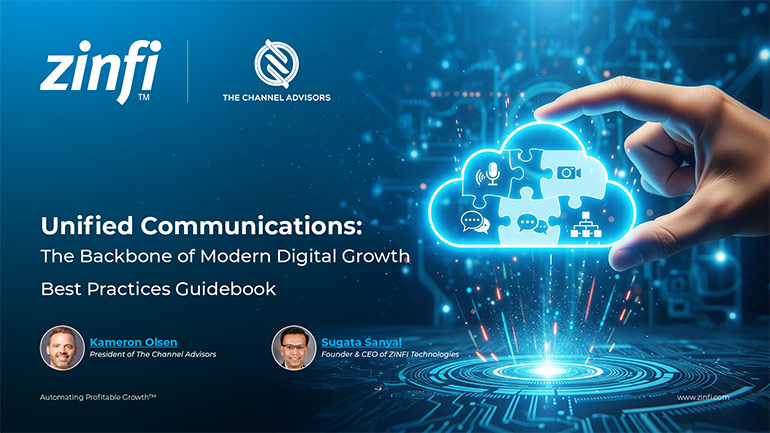Glossary - What is - Not-Engaged
What is Not-Engaged?
In business and marketing, "not engaged" describes a status where customers, employees, or partners show low interaction or interest in a company’s products, services, or initiatives. This term is often used to identify individuals or groups who are inactive or minimally active, not participating in promotions, not utilizing products, or not contributing to discussions and feedback. Recognizing and addressing the reasons behind this lack of engagement is crucial for improving relationships, increasing retention, and boosting overall performance.
Understanding and transforming the "not engaged" status is essential for partner ecosystem management and partner management automation. Automation tools can help identify non-engaged partners or customers by analyzing interaction data and engagement metrics. This allows businesses to implement targeted strategies to increase engagement and optimize the contributions of each member within the ecosystem.
Key Takeaways:
- Identifying Not Engaged Individuals: It’s essential to accurately identify who has not engaged within your ecosystem. This involves monitoring interactions, participation rates, and other relevant metrics. ZINFI’s partner analytics solutions provide tools to track and analyze engagement levels effectively.
- Understanding the Reasons for Disengagement: Analyzing why certain members are not engaged can help address underlying issues, whether they be lack of communication, inadequate incentives, or misalignment with needs. Insights into these factors are crucial for developing effective re-engagement strategies.
- Tailoring Communication and Engagement Strategies: Customized communication and engagement strategies can help re-engage those not actively participating. ZINFI’s partner communication tools aid in creating targeted campaigns that resonate with different audience segments.
- Providing Relevant Incentives and Rewards: Offering incentives aligned with the interests and goals of not engaged partners or customers can motivate increased participation and commitment. Please read our blog article on incentives management.
- Regular Follow-Ups and Feedback Opportunities: Regular follow-ups and creating opportunities for feedback can enhance engagement by making individuals feel heard and valued. This approach fosters a more interactive and participative relationship. Watch this video.
Summary of Key Takeaways:
Addressing the "not engaged" status involves identifying and understanding the reasons behind the disengagement, tailoring communication strategies, offering relevant incentives, and maintaining regular interactions to enhance involvement and satisfaction.
Key Examples:
- Automotive Manufacturing: Engaging dealers who show low participation in promotional events or training sessions by offering specialized incentives.
- Consumer Electronics: Re-engaging customers who have stopped responding to product updates or feedback surveys through personalized communications.
- Energy Production: Motivating stakeholders in renewable energy projects who are not actively participating by involving them in decision-making processes.
- Financial Services: Increasing engagement with clients who do not use financial advisory services by providing tailored financial plans.
- Food and Beverage: Encouraging distributors not actively promoting products to engage through performance-based incentives.
- Healthcare Services: Re-engaging patients or healthcare providers minimally involved in wellness programs by offering enhanced support and resources.
- Information Technology: Motivating IT partners not actively selling products by revising partnership terms and providing additional support.
- Pharmaceutical Development: Engaging researchers or institutions that are passive in collaborative projects by highlighting potential benefits and outcomes.
- Retail Industry: Revitalizing interest among retail partners with low sales performance by providing marketing support and sales training.
- Telecommunications: Encouraging subscribers not to utilize additional services by offering customized bundles or promotions.
Conclusion:
"Not engaged" highlights a critical challenge in maintaining active and productive relationships within a business ecosystem. Successfully re-engaging these individuals or groups is essential for maximizing the potential of your partnerships, customer base, and internal team. Effective management strategies, supported by automation and targeted communication, are vital to transforming engagement levels and achieving better business outcomes.
Associated Keywords:
















